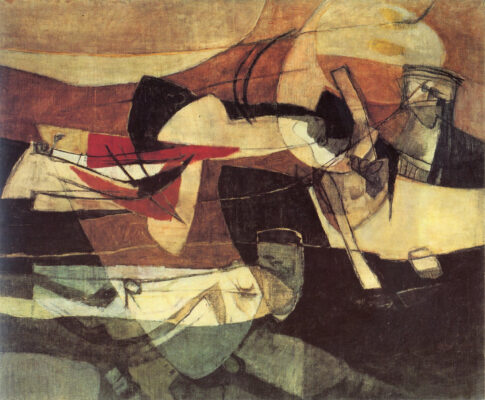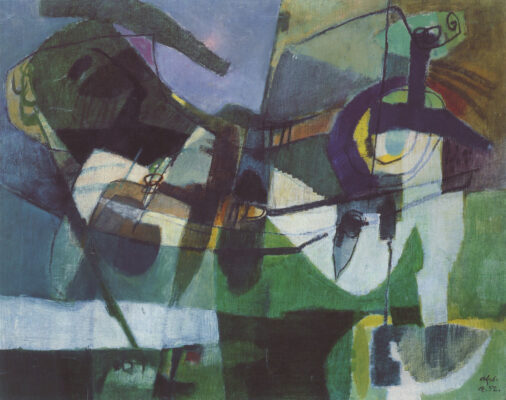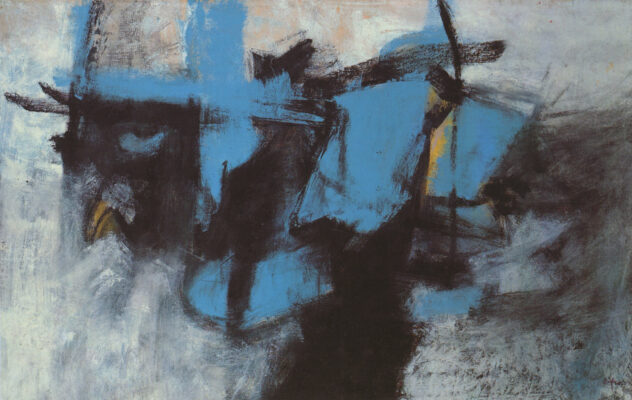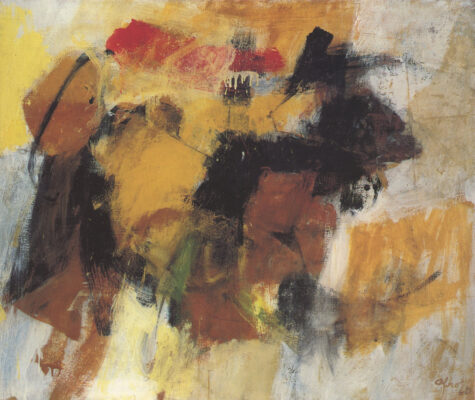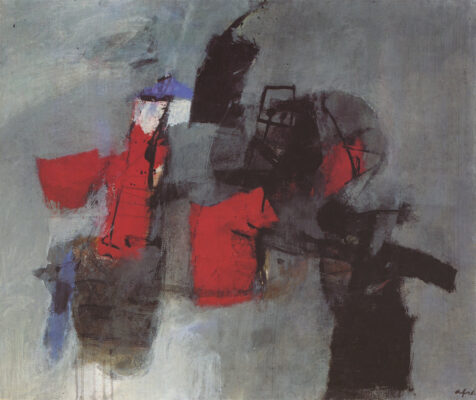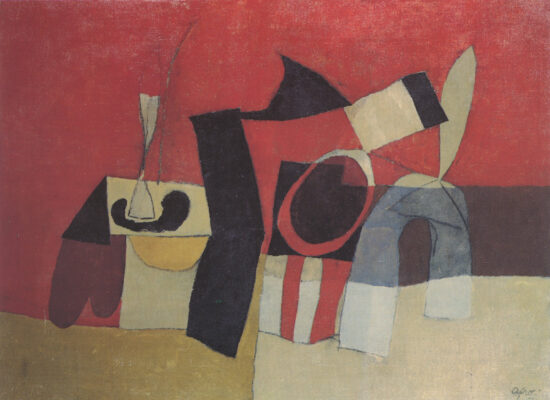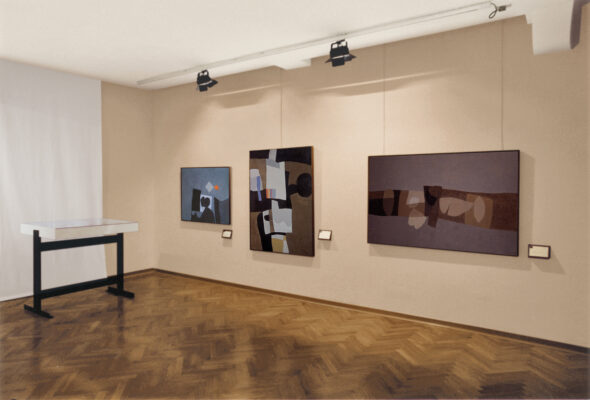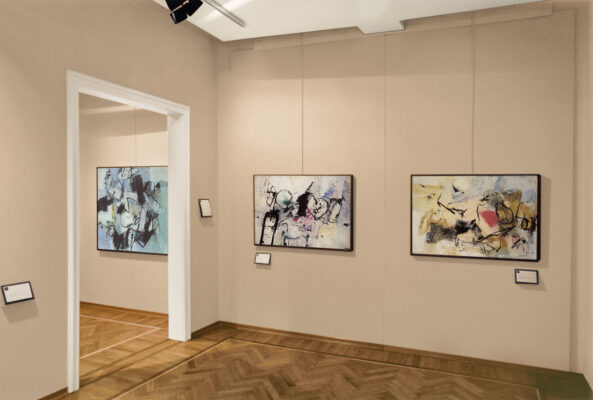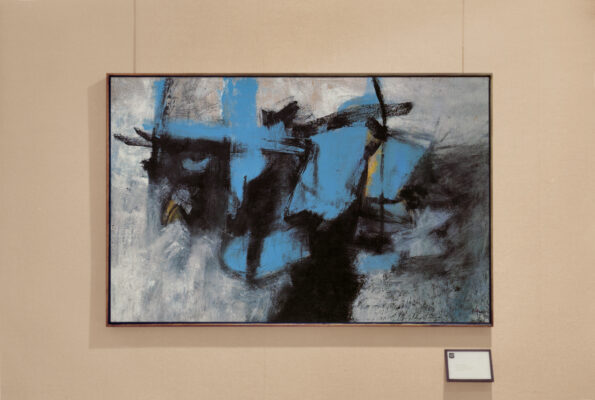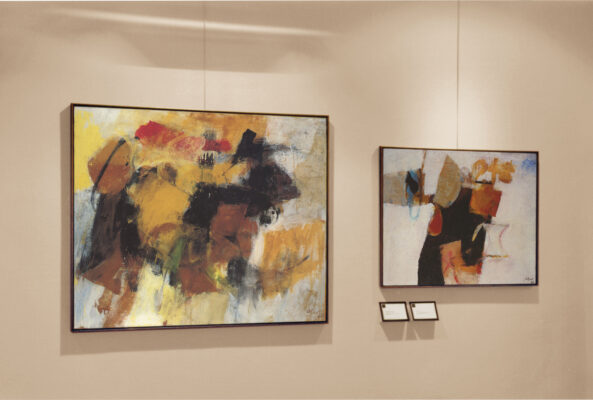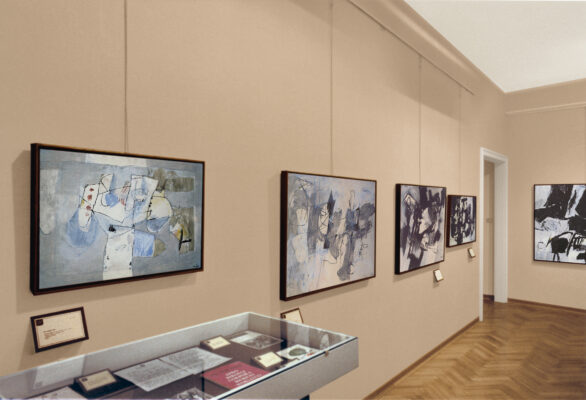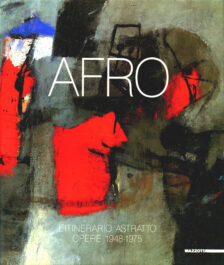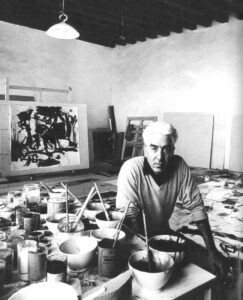Home / Exhibitions / Afro, l’itinerario astratto. Works 1948-1975
Afro, l'itinerario astratto
works 1948-1975
curated by Luciano Caramel
07.10.1989 — 19.11.1989
Afro,
l'itinerario astratto
curated by Luciano Caramel
07.10.1989 - 19.11.1989Show introduction
“Can a pictorial form also have the value of an apparition? Can the rigorously formal organism of a painting contain delicacy, the breath of an evocation, a sudden jolt of the memory? For me this is the problem; there consists in this the continuous unease that stimulates me to paint.” These were the words that in 1954 Afro Basaldella indicated the sense of his work which had changed direction since 1948, the year in which the relationship begun with the neo-Cubist movements, fashionable at the time, led to his progressive use of abstract language and the sidelining of the accentuated colour with an expressive function that had characterised his painting since halfway through the 1940s.
The exhibition in Verona Afro, l'itinerario astratto. Opere 1948-1975 presented a selection of forty-eight paintings. It opened with such works as II pianeta della fortuna (1948) e Negro della Louisiana (1951), which demonstrated the passage through neo-Cubism and then documented the experiences in the “Otto” group (where, with Afro, were Birolli, Corpora, Moreni, Morlotti, Santomaso, Turcato, and Vedova), the long American experience, the relationship with the painting of Achille Gorky and with American culture.
After having considered the research that the artist investigated in the first half of the 1950s, characterised by a progressive distancing from the figurative component and a use of a colour that had become diaphanous and precious, the show highlighted the personality that Afro matured between 1957 and 1970. In this period his language became enriched with a basic uniformity that was shown in various ways, and were to be pinpointed in the constructive function given to colour, the use of paper as a pictorial support that allowed a greater gestural freedom, and the extreme reduction of the colours in order to exalt the contrast between black and white.
Some of his final paintings confirmed how the lyrical content, present in each of Afro’s creative moments, had become the leit motiv of his work, of his work, in which the use of geometric structures was increasingly delineated until to the point of progressively arriving at two-dimensionality.
The show was designed by Massimo Di Carlo, Mario Graziani, Mario Matasci, and Massimo Simonetti, and was curated by Luciano Caramel. The catalogue, published by Mazzotta, has been edited by Francesco Tedeschi and contains essays by Giorgio Cortenova, Erich Steingräber, and Fabrizio D'Amico to whom we owe the appendix with its documents, for the most part unpublished. It is rounded off by a biography of the artist relative to the years taken into consideration.
